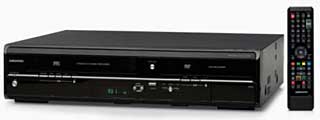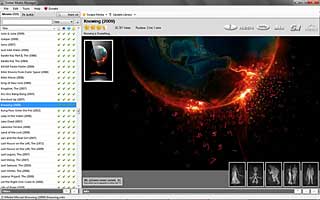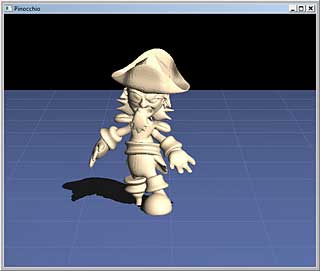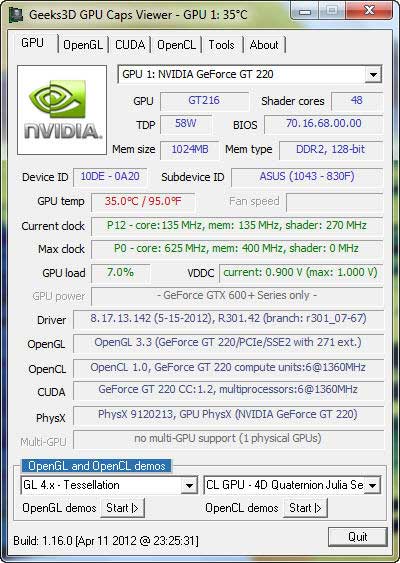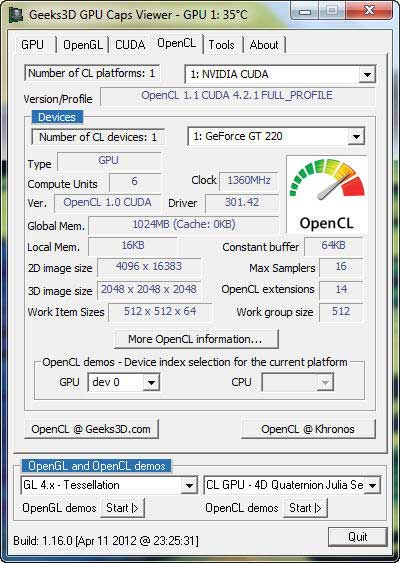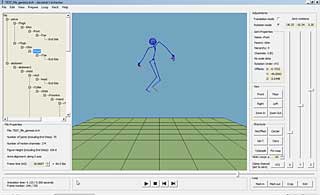Last update : March 2, 2013
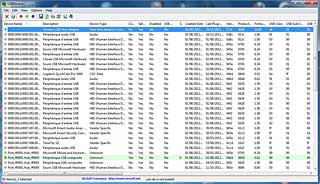
NirSoft USDDeview Tool
I recently discovered the unique collection of small and useful freeware utilities and tools, available on the website NirSoft, created in 2001. The name NirSoft is the combination of the developers first name Nir and the prefix of the word Software, respectively the last name of the developer, Sofer.
Nir Sofer is an experienced developer with extensive knowledge in C++, .NET Framework, Windows API, and Reverse Engineering of undocumented binary formats and encryption algorithms.
The domains covered by the more than 100 tools of NirSoft are various : Password Recovery, Network Monitoring, Web Browser, Video/Audio, Internet, Desktop, Outlook/Office, Programming, Disk, System, …
All of the utilities are fast, small, portable and effective. Most are developed in C++ and don’t require any installation.
My favorite Nirsoft tools are the following :
- USBDeview (version 2.21)
- DriverView (version 1.41)
- RTMPDumpHelper (version 1.15)
- HTTPNetworkSniffer (version 1.25)
Nir Sofer provides also tips and tricks about computers and software as well as code samples.

